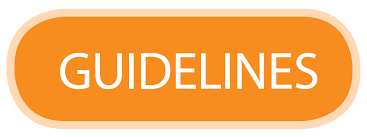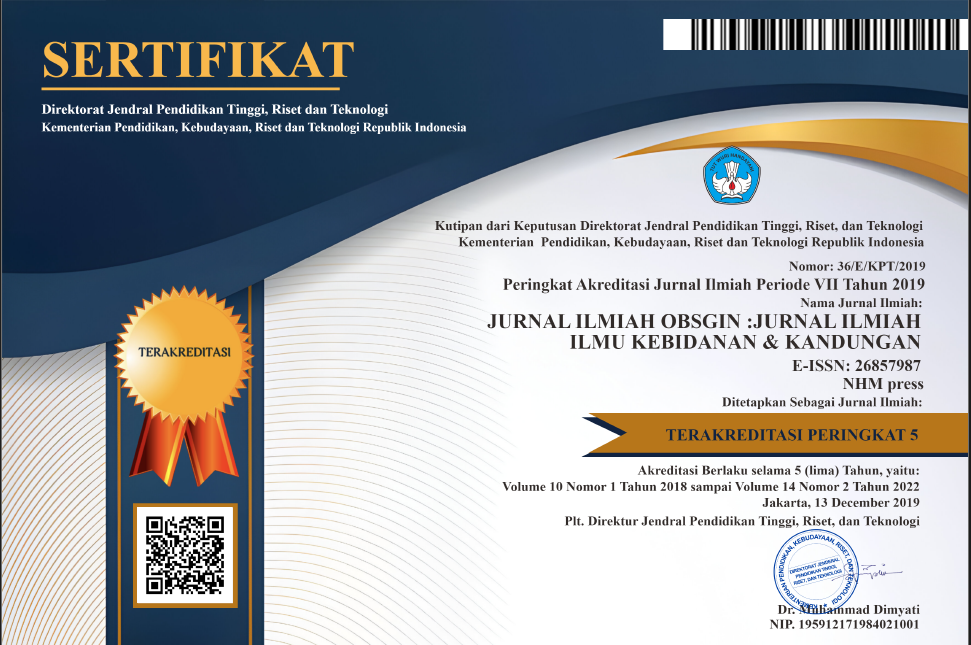HUBUNGAN POLA MAKAN DAN OBESITAS DENGAN KEJADIAN PENYAKIT KOLELITHIASIS DI RSUD H. DR. CHASAN BOESIRIE TERNATE
Abstract
Cholelithiasis is a health problem that is influenced by diet and obesity. This study aims to analyze the relationship between Body Mass Index (BMI) and lifestyle and the incidence of cholelithiasis at RSUD H. Dr. Chasan Boesirie Ternate. This observational analytical research uses a cross-sectional study design which was conducted from July to August 2024. Data was collected through interviews, observations, and filling out questionnaires as primary data, as well as secondary data from medical records. A total of 66 respondents were selected based on inclusion criteria. Data analysis was carried out using the chi-square test to test the relationship between variables. The results of the analysis showed that there was a significant relationship between BMI and lifestyle and the incidence of cholelithiasis (p<0.05). These two factors have an Odds Ratio (OR) value of 14.87 (95% CI: 3.28-67.43), which indicates that individuals with a high BMI and poor lifestyle have a 14.87 times greater risk of experiencing cholelithiasis. compared to individuals who have a normal BMI and a good lifestyle. These findings confirm that BMI and lifestyle are the main risk factors for cholelithiasis. Education regarding the importance of healthy weight management and implementing a healthy lifestyle needs to be increased as a preventive measure. The conclusion of this study shows that promotive and preventive efforts based on healthy eating patterns and weight control must be a priority in reducing the incidence of cholelithiasis in society
References
Baddam, A., Akuma, O., Raj, R., Akuma, C. M., Augustine, S. W., Hanafi, I. S., Singh, G., Zain, A., Azizz, N., & Singh, M. (2023). Analysis of Risk Factors for Cholelithiasis: A Single-Center Retrospective Study. Cureus, 15(9).
Benita, C. (2024). Proses Asuhan Gizi Terstandar Pada Pasien Kolelitiasis: Diet Rendah Lemak. Jurnal Kesehatan Tambusai, 5(3), 7285–7292.
Chen, L., Yang, H., Li, H., He, C., Yang, L., & Lv, G. (2022). Insights into modifiable risk factors of cholelithiasis: A Mendelian randomization study. Hepatology, 75(4), 785–796.
He, W., Mi, N., Jin, K. J., Jin, B., Zhong, R., Liu, Z., Lin, Y., Yue, P., Xia, B., & He, Q. (2024). The roles of lifestyle factors and genetic risk in the association between night shift work and cholelithiasis: a prospective cohort study. MedRxiv, 2009–2024.
Mi, N., Liang, Z., Yang, M., Zhao, J., Tian, L., Huang, C., Xie, P., Wu, S., He, Q., & Sun, Y. (2024). Genetic risk, adherence to healthy lifestyle behaviors, and risk of cholelithiasis: A population-based cohort study. Preventive Medicine, 182, 107942.
Nurhikmah, R., Efriza, E., & Abdullah, D. (2019). Hubungan Peningkatan Indeks Massa Tubuh dengan Kejadian Kolelitiasis di Bagian Bedah Digestif RSI Siti Rahmah Padang Periode Januari-Juni 2018. Health and Medical Journal, 1(2), 1–6.
Nurhuda, M., Siana, Y., & Annisa, M. (2023). Gambaran Kadar SGOT, SGPT dan Bilirubin Pada Pasien Kolelitiasi di RSI Siti Rahmah Pada Tahun 20121-2023. Nusantara Hasana Journal, 3(8), 306–317.
Pak, M., & Lindseth, G. (2016). Risk factors for cholelithiasis. Gastroenterology Nursing, 39(4), 297–309.
Prakash, A. (2021). Cholelithiasis and its relation to body mass index and waist to hip ratio. International Surgery Journal (ISJ), 8(1).
Rizki, N., & Abdullah, D. (2019). Hubungan Peningkatan IMT dengan Kejadian Kolelitiasis BMI Improvement Relationship With Kolelitiasis. Jurnal Kesehatan Saintika Meditory, 2(1), 102–107.
Tarigan, S., Simangunsong, B., & Sembiring, B. D. (2020). Gambaran Indeks Massa Tubuh Dengan Kejadian Kolelitiasis. Jurnal Kedokteran Methodist, 13(1), 52–57.











